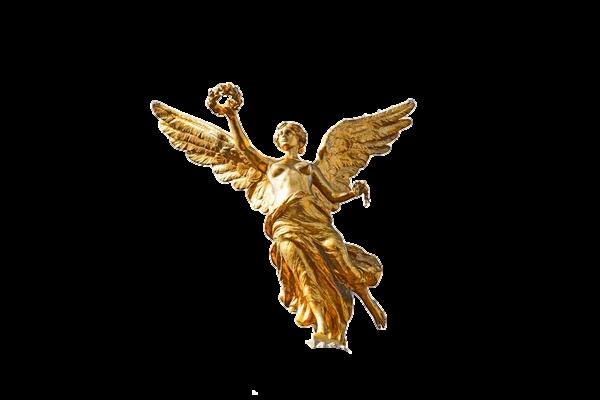
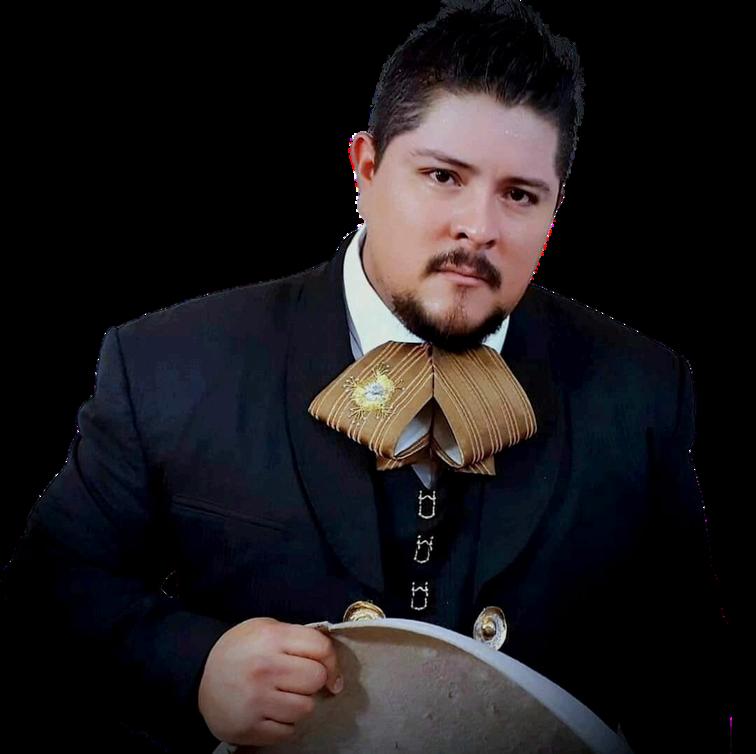
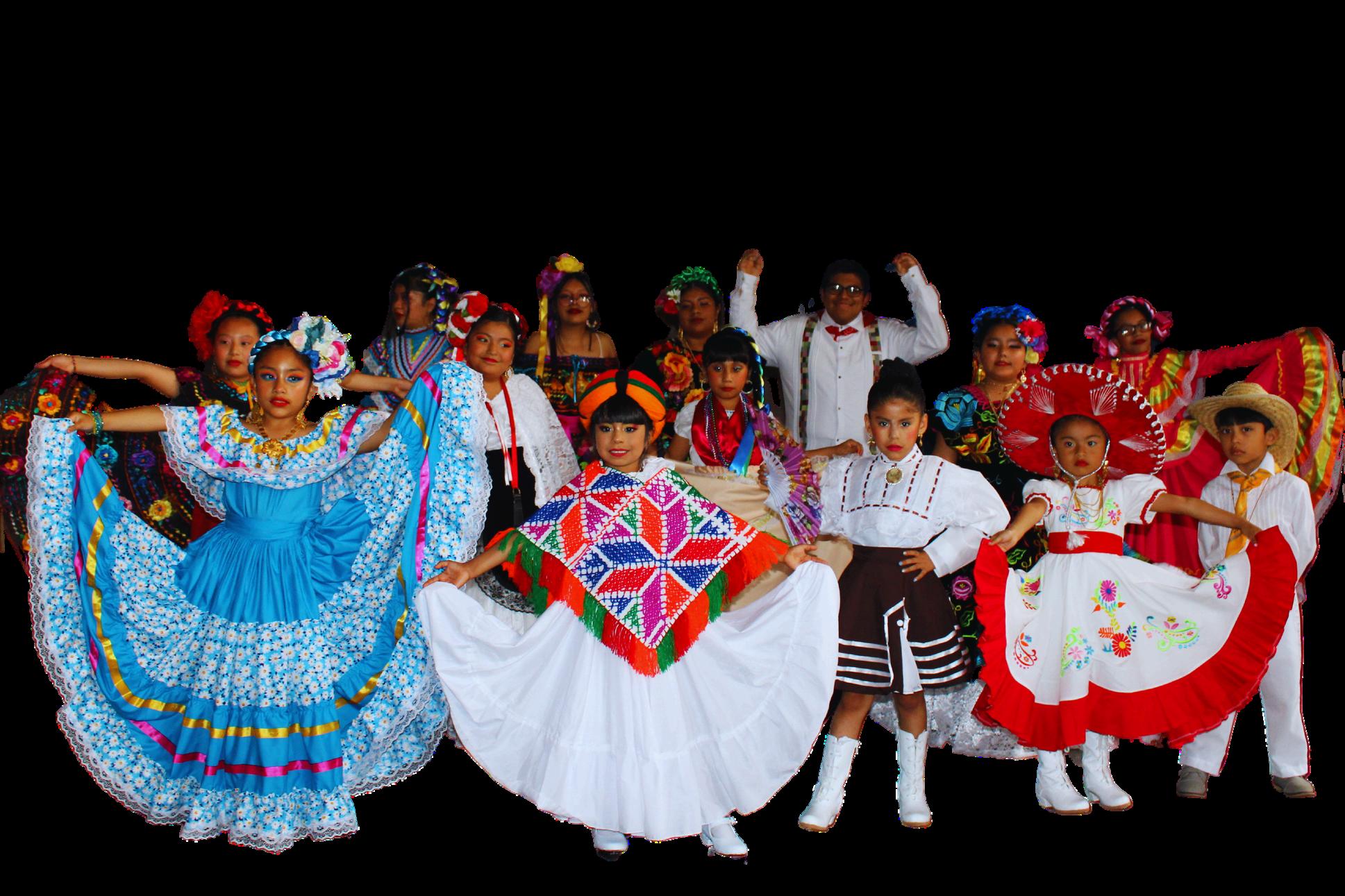
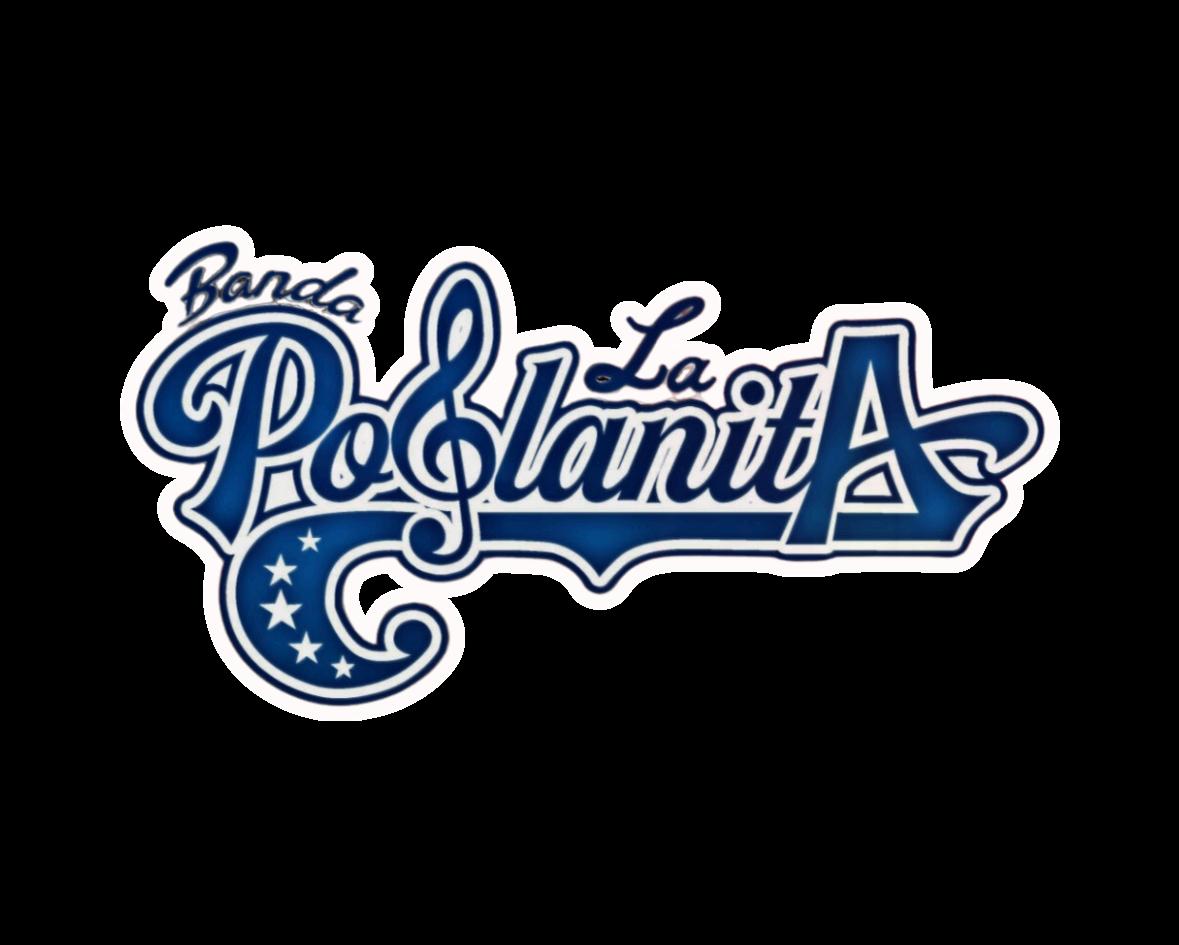

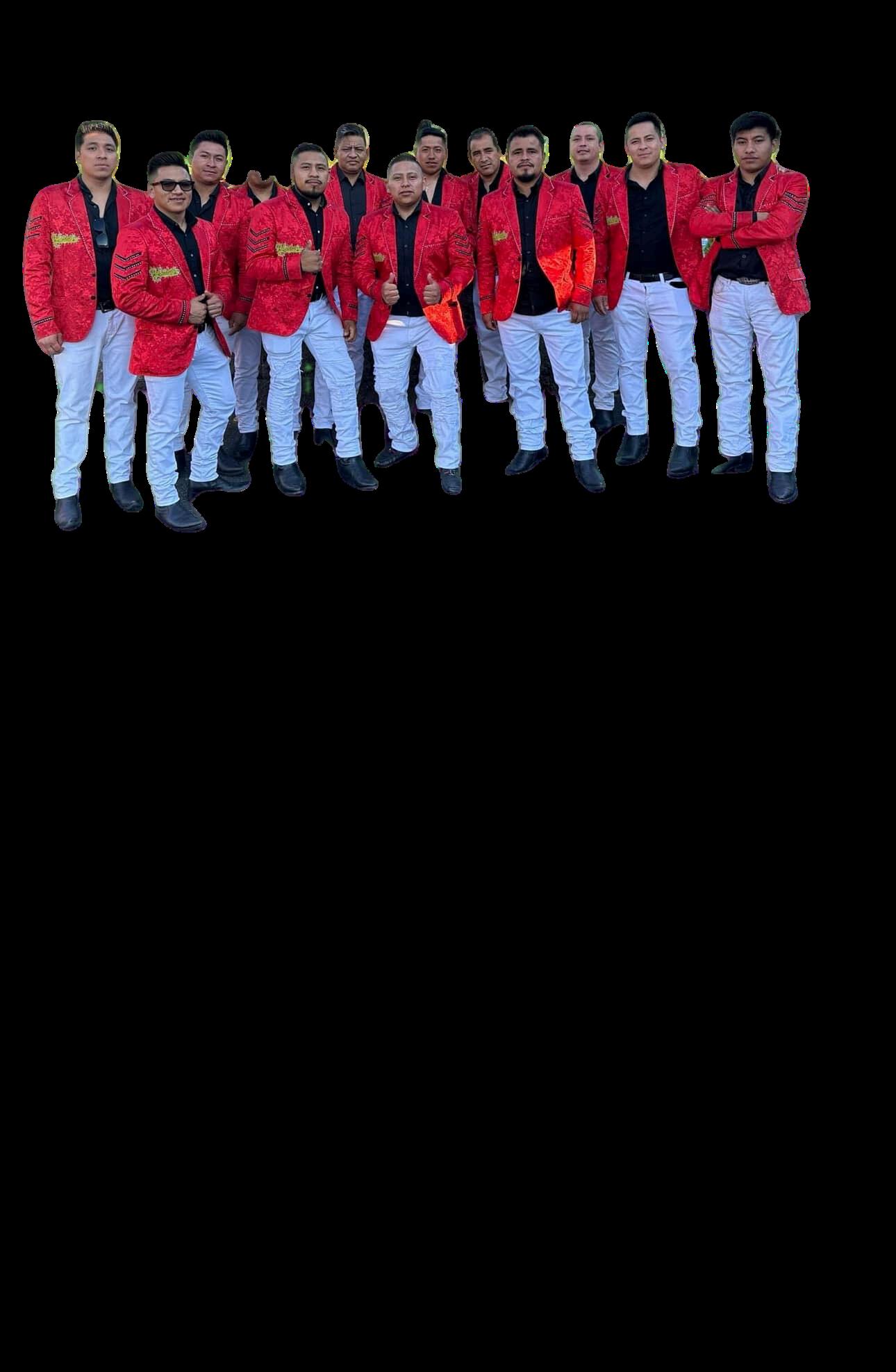
Huejotzingo Carnival. History & Tradition.
The Battle of 5 de Mayo during the Huejotzingo Carnival in state of Puebla, Mexico.
Cultural project 2022
“The Zacapoaxtlas dancing, the Sappers too with the Serranos and the Apaches, who cannot even see the Zouaves in their running away in fear and afraid of confronting the men of Mexico and their courage.” (José Reck)
The city of Huejotzingo’s Carnival in Puebla is one of the most spectacular festivals in Mexico One with of the longest traditions in the country, this Carnival has been held since 1868, and it is considered part of the State of Puebla Cultural Heritage since 1997. Like many carnivals, it is celebrated four days before Ash Wednesday, but the Carnival of Huejotzingo has a unique trait, three historical events are represented in it:
1.The French intervention (1861-1867), in which fierce battles were fought between the Mexican and French armies. Both armies are represented in the carnival through the battalions of "Indios Serranos," " Zacapoaxtlas, " "Zapadores," "Zuavos" and "Turcos " Each battalion is commanded by a general and all of the battalions are led by a General in Chief.
2.The Abduction of the daughter of the Corregidor of Huejotzingo by the mythical bandido Agustín Lorenzo and his gang of robbers: the “Alcahuete,” the “Tierra Adentro,” the “Gachupín,” the “Tecotén, or “Tecolote,” the “Pato” and the “Zopilote.”
3.And the first Catholic marriage on the American continent, officiated in Huejotzingo, where a native named Calixto (probably surnamed Moscoso according to the ethnohistorian Baltazar Brito Guadarrama) married before 1526, according to the chronicles of Fray Gerónimo de Mendieta.
Other dancers complete the historical picture: the group known as "Señorío Huexotzinca,” recalls the pre-Hispanic past of the town and the "Negritos" represent the African slaves brought to New Spain during the colonial era.
The carnival is more than a celebration. It is the expression of the idiosyncrasy of the Huejotzingan people. In it, the tradition of an ancient culture is manifested: the deceased are honored in the cemeteries, family and friends come together in each battalion, but more importantly, values of tolerance and harmonious coexistence are passed down to the new generations of dancers, the pillar upon which rests the responsibility to continue this prodigious legacy.
The city of Huejotzingo has historically been a prolific place for cultural and artistic expressions. The richness of its pre-Hispanic, colonial and 19th Century past has deeply defined its identity, which is manifested through its architectural legacy and traditions.
The name Huejotzing means “In the Little Willows” and it comes from the Nahuatl Huexotzinco: huexotl (willow), tzintli (little), and co (in), However, it can also be understood as "In the Place of the Sacred Willows,” since tzin also indicates reverence.
Huejotzingo origins date back to the year Ce Técpatl (1272 AD) when the descendants of the warrior-priest Tzontecómatl (who led the Acolchichimecas, one of the seven groups that left Chicomoztoc), founded the manorial at the base of Iztaccihuatl volcano.
Huexotzinco has had many favorite sons such as the poet king Tecayehuatzin, organizer of the meeting of scholars who participated in the “Dialogue of the Flower and the Song.”
Zouaves: They were an elite contingent of the French army, famous for their cruelty in battle, especially in Africa campaign. They wear a red and blue cap with a braid; pink mask with blonde eyebrows, sideburns, and mustaches (sometimes only dark mustaches are used); hookah and old goggles; light shirt with a tie; dark vest; blue jacket ; heels crossed to the chest; red baggy pants with golden tassels; black socks over white stockings and tennis shoes; on their back, a gasnese and a black wooden backpack with the inscription “Vive la France” and the French Coat of Arms, on the backpack a red canvas simulating a blanket. Turks . The Turks supported the French army during the French intervention. They adorn themselves with a turban; pink mask with black eyebrows, pointed beard and mustache; light shirt with a tie; gray vest and blue jacket; white pants (“nagüilla”), baggy and plaid; white socks and tennis shoes or golden slippers. A very large gasné is placed on the back, in the form of a triangular cape; on it, a pair of blue and white talins, a wooden backpack also blue, decorated with a cutlass, the star and the crescent of the Turkish Coat of Arms. Colored scarves hang from the top of the backpack.
Indians Like the Zacapoaxtlas, they represent the combatants from the mountains who fought during the intervention. They wear a palm hat, with paper bows and the image of La Guadalupana (Virgen Mary) on the brim of the hat that they fold up. They wear a pale pink mask with white, mustaches and beards, either straight or wavey, and a long ixtle gray hair About half of them wear dark glasses or just an old frame, without lenses. They wear a longsleeved shirt, white pants or long johns, with decorations on the bottom (often embroidered with flowers) and tennis shoes On top they wear a closed black cotton cape, down the knees. On their backs they carry a gasné and an enclosed basket or an open reed basket where they carry their supplies (generally fruit), plastic items and a stuffed animal (an opossum or a squirrel)
Zacapoaxtlas: The Zacapoaxtlas bring to memory the battalions made up of the inhabitants of the Sierra Norte de Puebla They wear a charro hat with gold or silver trim From the sides, fastened with roses, hang long strips of tissue paper, folded to form a tricolor mane. The mask is similar to that of the Zouaves.
They wear a long-sleeved shirt, white pants with ornaments and embroidery on the bottom, black socks and white tennis shoes. On top they put on a kind of black velvet dress that reaches down their knees (closed cotton), profusely adorned with ribbons, artificial pearls, colored bows and embroidery. On the back, at the waist, they carry a carved wooden box (“catahuila”) fastened with a visible belt and covered by a gasné that is placed on the back. Finally, two tricolor talins are crossed on the chest.
Sappers: Sappers were soldiers in charge of opening trenches and opening the way for the battalions. During the carnival they also act as the guards of the mayor's daughter. They wear a dark beret, with tricolor decorations and an imperial eagle on the front, a pink mask with a closed, black and prominent beard and a blue jacket. On the front, they wear a white rectangular bib, which reaches down to the knee, where it is adorned with golden fringes and a tricolor ribbon. On the bib they place two gasnes – one on the back, as a triangular cape, and another on the chest, very long – on top of a pair of talines in the form of straps. The rest of the suit is complemented by red pants, with gold stripes on the sides, and dark ankle boots.
Contact: Arturo Damián Santamaría Cultural Promoter – Huejotzingo, Puebla, Mexico. Ph. +52 227 117 1495 email: a damian 17@hotmail.com.
Collaborators: Verónica Damián Santamaría - Cultural Promotor – Salt Lake City, Utah. Manuel Damían Santamaría - Artisan - Huejotzingo, Puebla.
Text: Francisco Farfán Salas - Historian & Archivist - Huejotzingo/ Huexotzicayotl.
Arturo Damián Santamaria - Cultural Promoter – Huejotzingo, Puebla.
Translation: Carlos S. Jimenez – Salt Lake City, UT
Editorial Design - Xochitlahtohua - “La Palabra Florida ”
